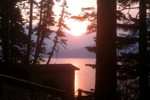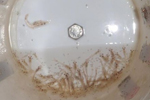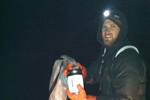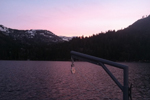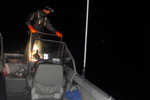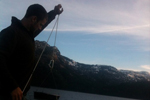Mysid Shrimp

Determine the ecological role of mysid shrimp in
Emerald Bay, Lake Tahoe, Donner Lake, and Fallen Leaf Lake.
Mysid shrimp (Mysis diluviana) were introduced into over 100 Pacific Northwest Lakes in the 1960s and 1970s, with the intent to increase food resources for fish. However, often times the reverse effect was observed and mysid shrimp may have indirectly caused the decline of some fish species, and greatly impacted the ecological function of these lakes. In particular they changed zooplankton assemblages and created a link between benthic and pelagic environments via diel vertical migration.
Our research is a collaborative effort with the UC Davis, Tahoe Environmental Science Center to understand the changes mysids have made to the lake ecosystem over the last 50 years in the Tahoe Basin. Specifically, our questions are
- Have mysid life cycles changed in the past 50 years in response to climate change, and productivity levels of lakes.
- What is the role of mysids in pelagic food web of lakes in the Tahoe Basin.
- How reliant are mysids on benthic material in lakes when compared with pelagic material. Do mysids rely on terrestrial carbon as well as autochthonous production?
We are answering these questions through a variety of techniques, including night time sampling throughout the year, size class analysis, growth rate analysis, and stable isotope (C13 and N15) analysis along with profiling the fatty acid composition of mysids. A final goal of this project is understand the overall role in the food web of mysids and see if this understanding can be used to help fisheries management, changes in mysid diet and growth related to climate change, and distinguish between the role of terrestrial carbon and autochthonous.
Mysid Research in Action:
